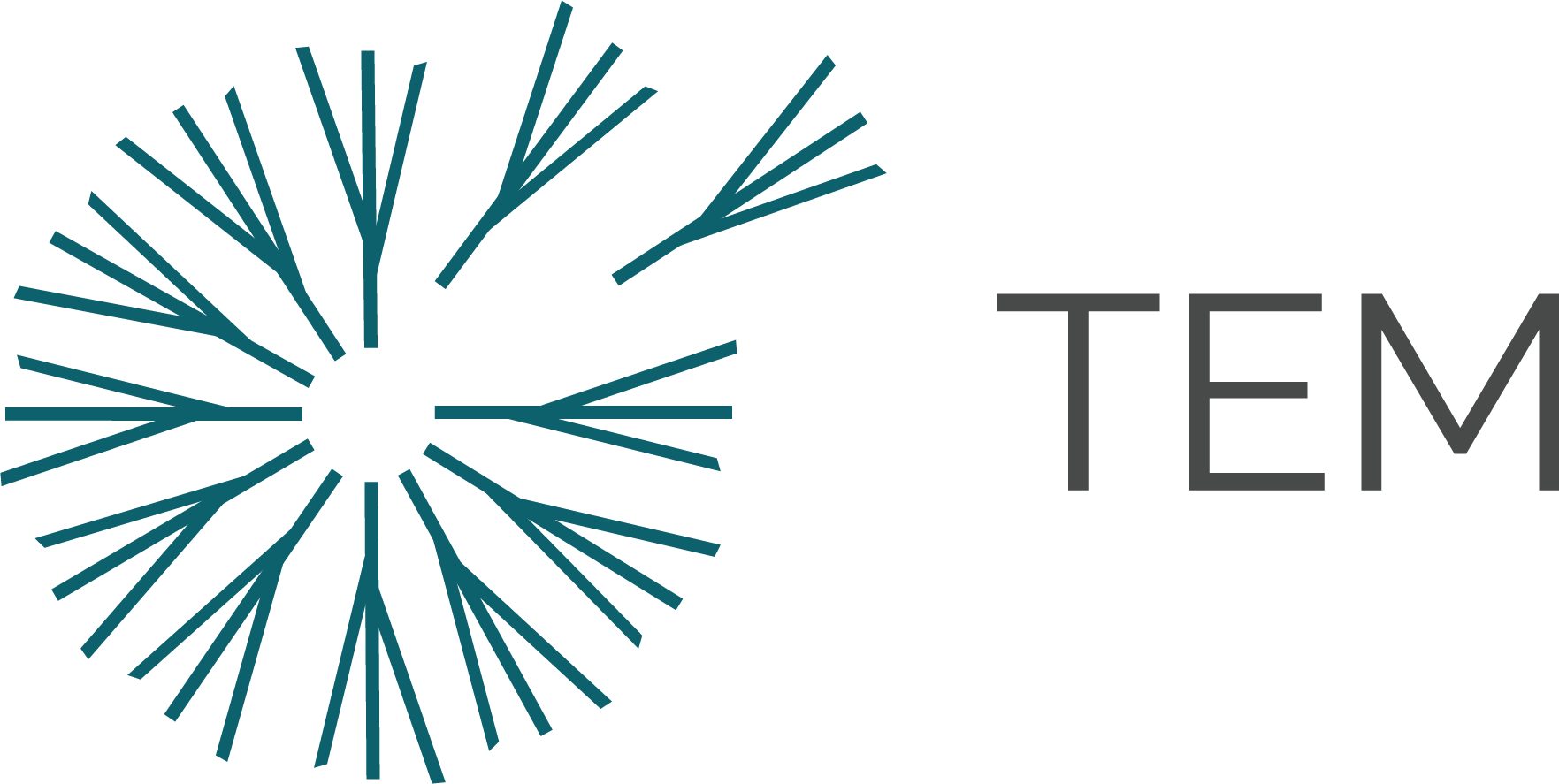TEM’s Climate Active program submission
Last month, we provided feedback on proposed changes to the Climate Active progr…
A look back on the Australian carbon market in 2023
With the end of the year almost here, TEM’s Head of Carbon Solutions, Bjorn Ever…
What’s in store for COP28?
In the lead up to attending the 28th Conference of the Parties (COP28), TEM’s He…
New VCMI Code of Practice: a quick snapshot
The Voluntary Carbon Market Initiative (VCMI) recently launched their Claims Cod…
A Plain English Guide to the Safeguard Mechanism and What It Could Mean for Industry in Australia
On March 30th, 2023, the Australian parliament passed the Safeguard Mechanism Am…
Seeing the forests for the trees at critical tipping point for carbon markets
The carbon market is diverse in its project types, funding source, buyers and se…
TEM’s response to the New Zealand Ministry for the Environment
Executive Summary In response to the New Zealand Ministry for the Environment’s…
Trickle-down assurance: the layers of integrity in Australia’s carbon market
There are four key layers necessary to safeguarding the integrity of the ACCU ma…
Independent review of the Australian offset market and what it means for buyers of ACCUs
Climate Active minimum ACCU requirements to be rescinded. ACCU project-level dat…
A commitment to going Net Zero: plan, pledge, prioritise, publicise
At this year’s COP27 the UN released a report entitled Integrity Matters: Net Ze…



